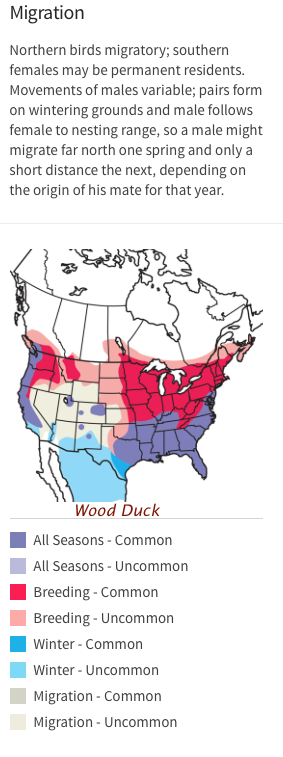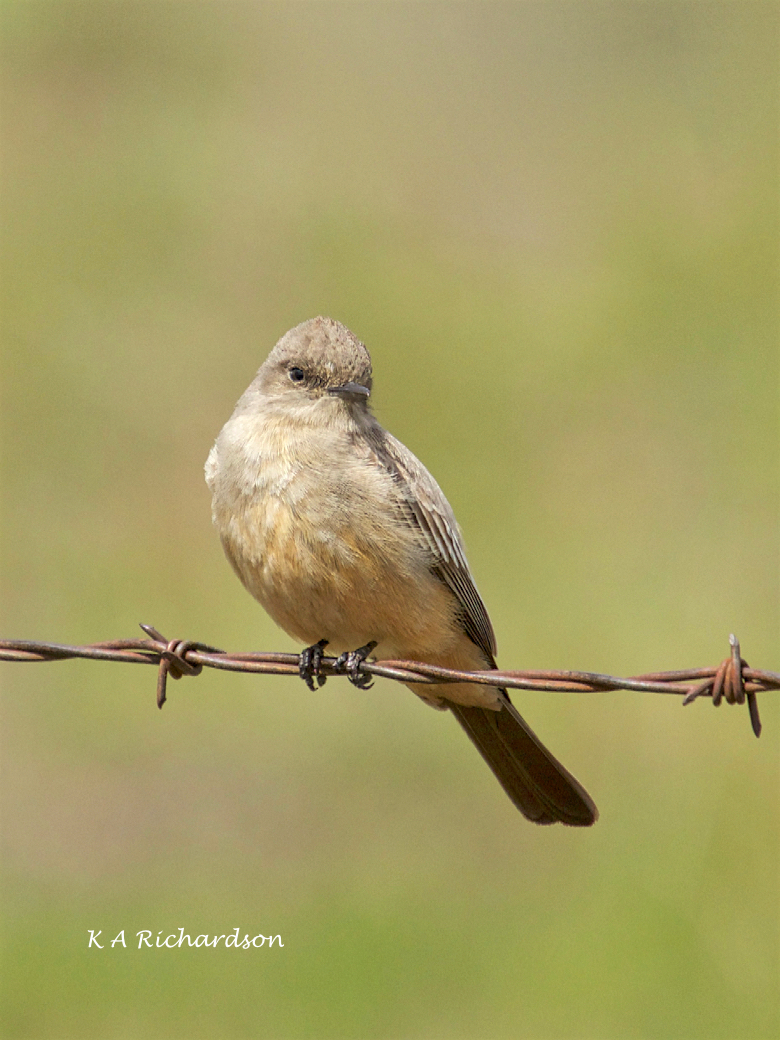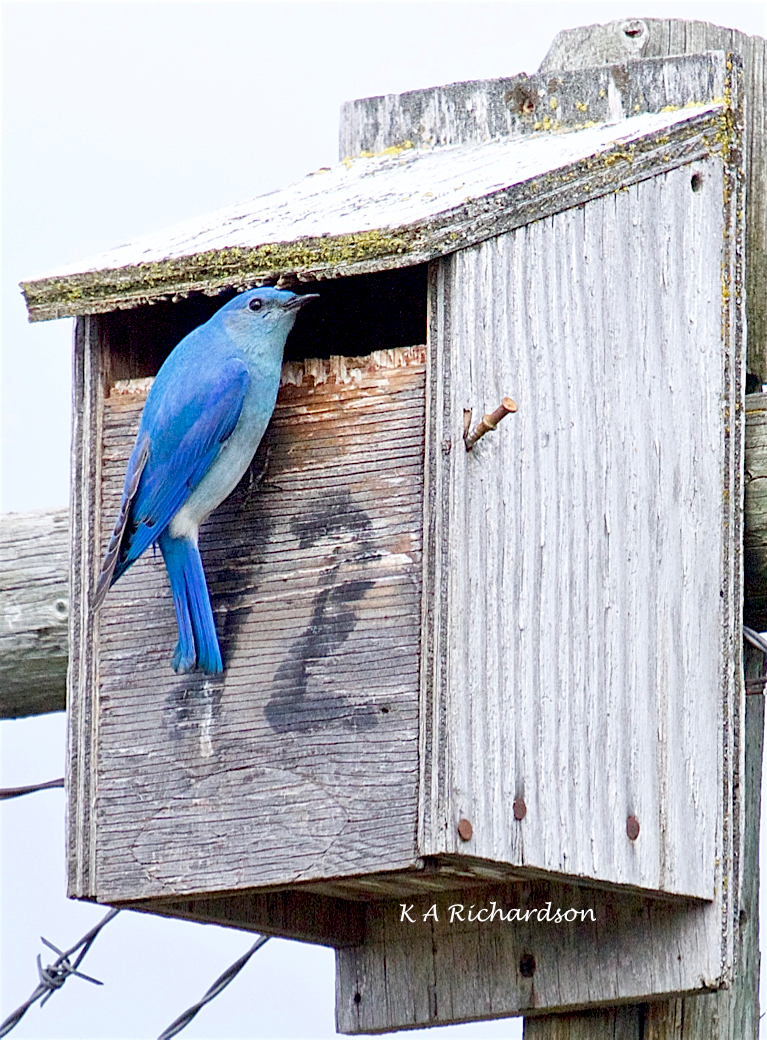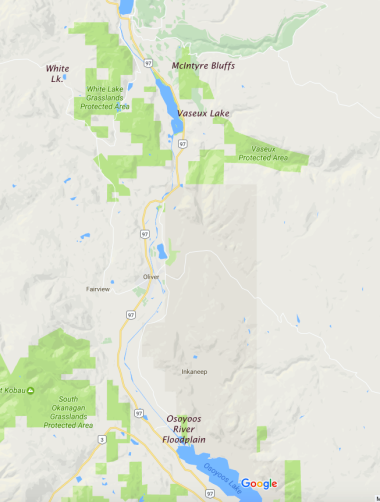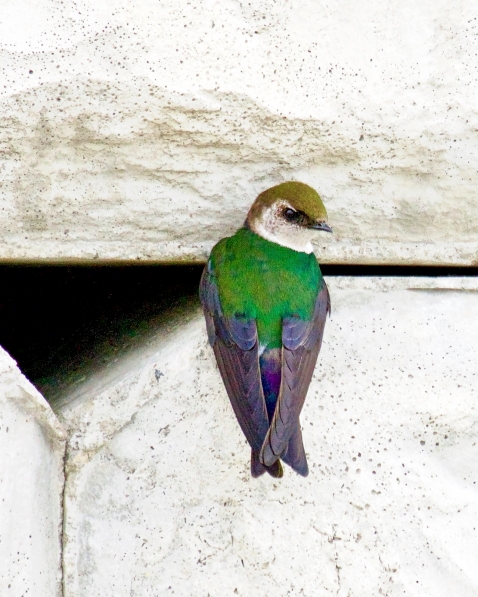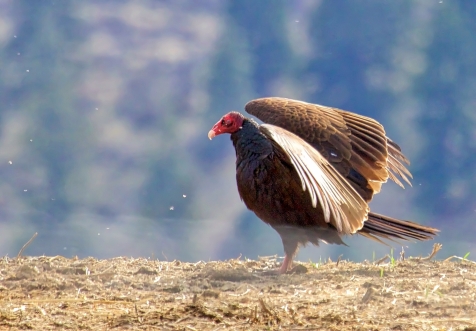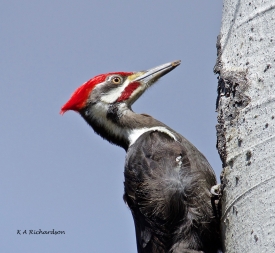 For the Pileated portion, click here.
For the Pileated portion, click here.
April 30, 2017: Among the birds that determinedly “non-birders” can actually name, woodpeckers are popular. Most will at least recognize a Flicker (but don’t ask them to separate Red-shafted, Yellow-shafted and Intergrades, please), perhaps a Hairy or a Downy (though few can identify the differences), maybe a Pileated (although they probably know it better as Woody Woodpecker). Back east, they may have seen a Red-headed or Red-bellied, the former rather obviously named, the latter clearly not. They’ve likely heard of a Yellow-bellied Sapsucker, yet never seen one, or any of the other sapsuckers — the Red-naped of the BC Interior or the Red-breasted closer to The Coast.
But there are many woodpeckers that “cross the border” into Canada that even regular birders have not seen. Lewis’s were new to me only a few years ago; in a way they helped to bring me to the Okanagan (click here for Lewis’s in another page). Acorn, White-headed, and Williamson’s were on my own list. Two of this group still are. Last week, however, the list shrank by 33%.
 Acting on a hot tip from Richard Kobayashi, a fellow Kelowna birder / photographer, who gave us the exact location we needed, we travelled south to Anarchist Mountain located near the Canada-US border between Osoyoos and Rock Creek, BC. About one kilometre north of Highway 3 on the Sidley Mountain Road, we found our targets right where Richard said they’d be, an engaging pair of Williamson’s, as well as three other species plus the usual bluebirds and wrens and sparrows expected in this region this time of year. We had a fabulous birding experience!
Acting on a hot tip from Richard Kobayashi, a fellow Kelowna birder / photographer, who gave us the exact location we needed, we travelled south to Anarchist Mountain located near the Canada-US border between Osoyoos and Rock Creek, BC. About one kilometre north of Highway 3 on the Sidley Mountain Road, we found our targets right where Richard said they’d be, an engaging pair of Williamson’s, as well as three other species plus the usual bluebirds and wrens and sparrows expected in this region this time of year. We had a fabulous birding experience!
The property belongs to Ed Brouwer, an engaging fellow about whom I’ll no doubt write future posts. Ed was kind enough to allow us onto the property; without that permission, most of these photos would not have been possible. Nana and I are greatly appreciative of his generous sharing of the bounty residing on his land!
Williamson’s are relatively rare in Canada, found only in southern BC. In 2005, in a Species at Risk bulletin, the Government of Canada estimated that only 430 birds crossed the border into our country to breed. The report noted that the species was in decline as habitat became threatened. More on that later in this post. Let’s get to the photos:

Let me say, right off the top, that the male’s wonderful colours are exceedingly difficult to capture with equipment such as mine. I didn’t fully realize this until I returned home and looked at the quality of my images. Trying to photograph both on an Aspen is a terrific challenge from a white balance / black balance standpoint! The good news is that I have more reason to return and try to improve!
Unlike many of our BC woodpeckers, Williamson’s are sexually dimorphic, so different in appearance that many early observers thought the male and female were different species! The image of the female (below) attests to why: (Click cluster images to enlarge.)
As we watched their behaviour, we noticed that both birds kept leaving the big Aspens to visit the bottom five feet of a nearby young Balsam Fir. Closer examination after they left it showed why: (Click cluster images to enlarge.)
We were ecstatic about the opportunity to examine their habitat so closely. But the story doesn’t end here. In fact, it was just the beginning. We also were thrilled observing the other woodpeckers of this small forest.
Having seen Red-naped sapsuckers up close four years ago, I decided not to pursue them this time. I will go back for them another time, I’m sure!

Instead, I focused on a very cooperative and hard-working Hairy that allowed me over a seven-minute span (I departed before he did) to observe him drilling a new hole.
(Click cluster images to enlarge.)
We also got to watch a Pileated male re-excavating a nest hole while his mate observed nearby. That’s covered in a separate post, but here’s a teaser:

























































